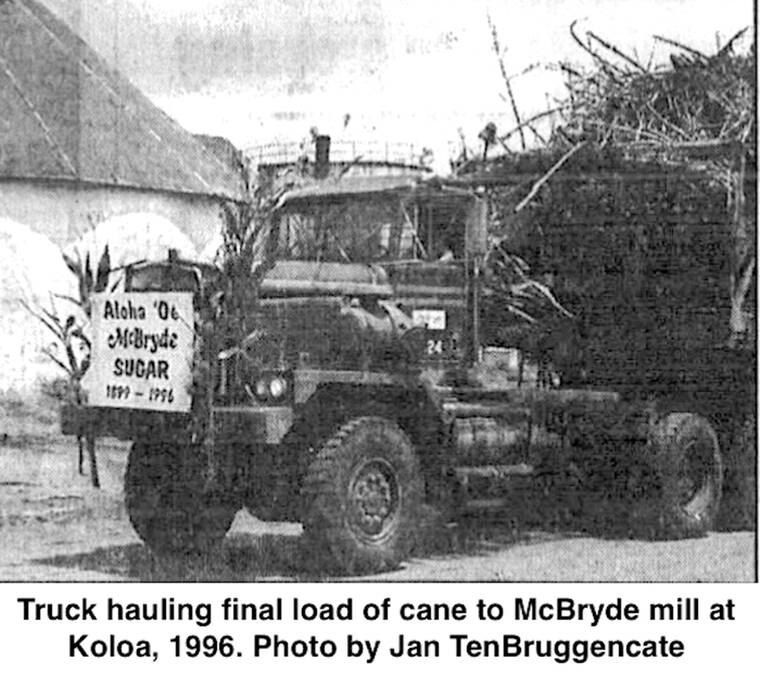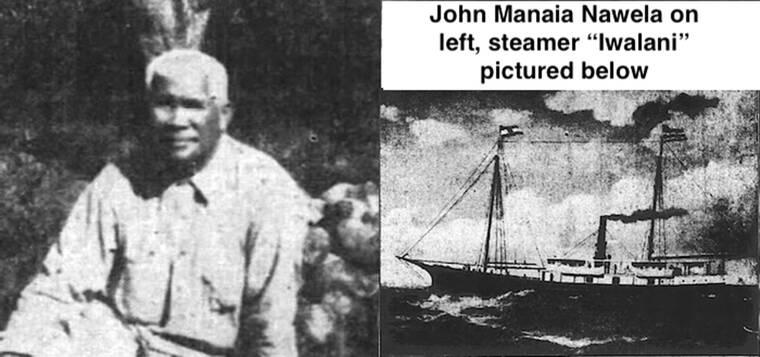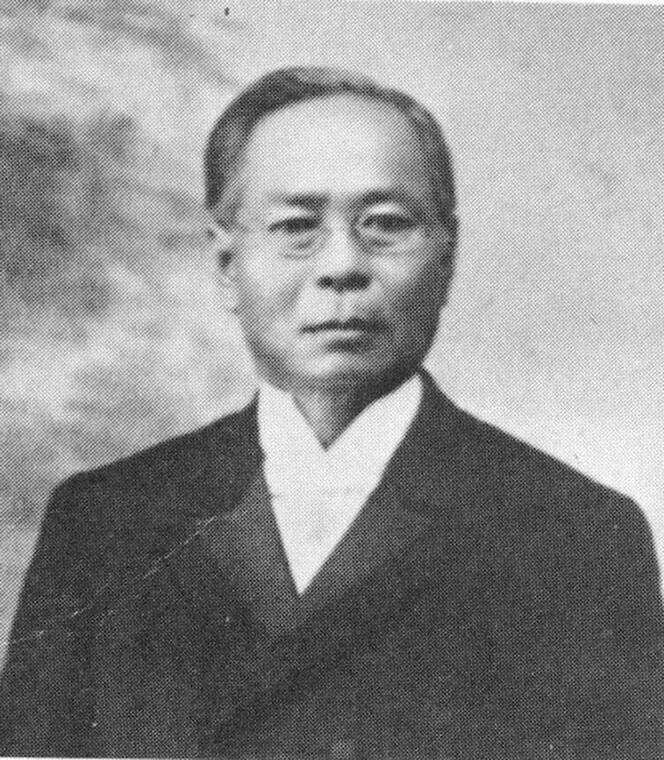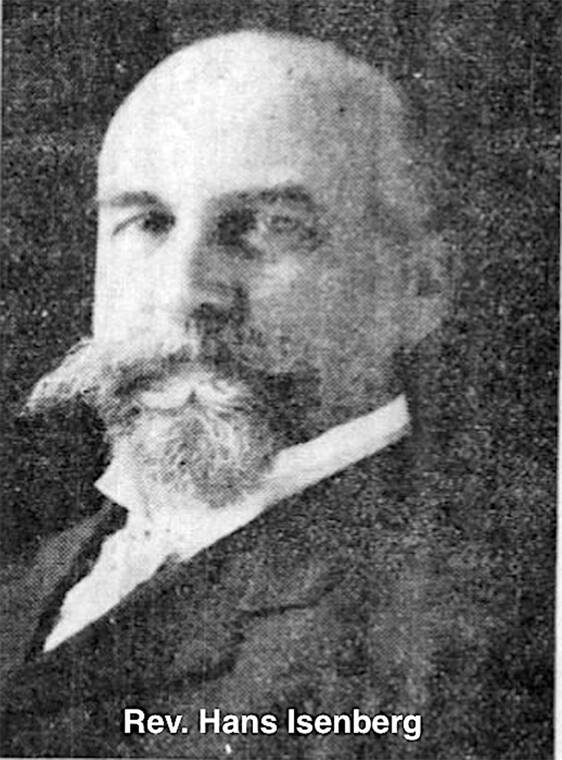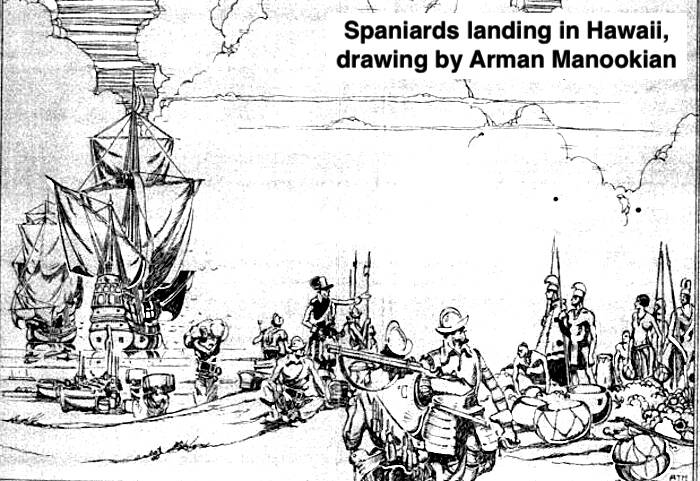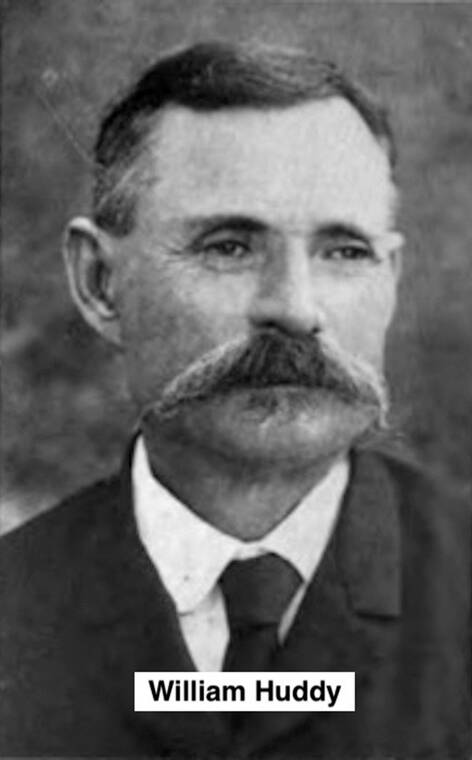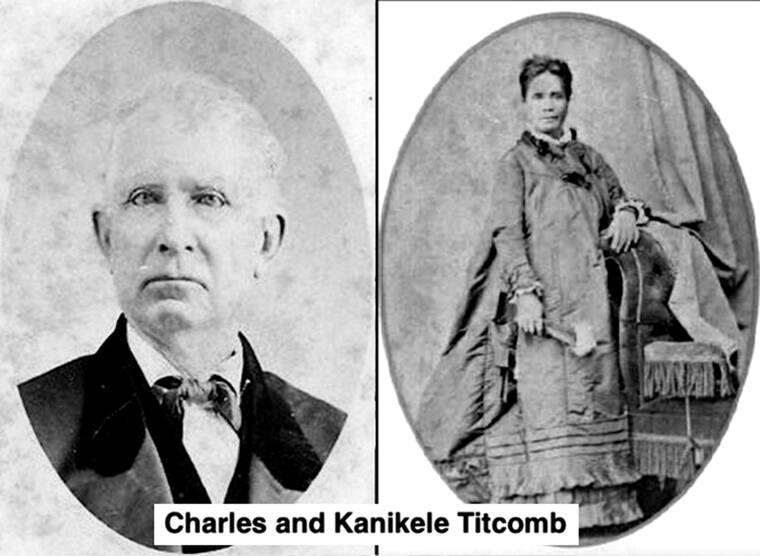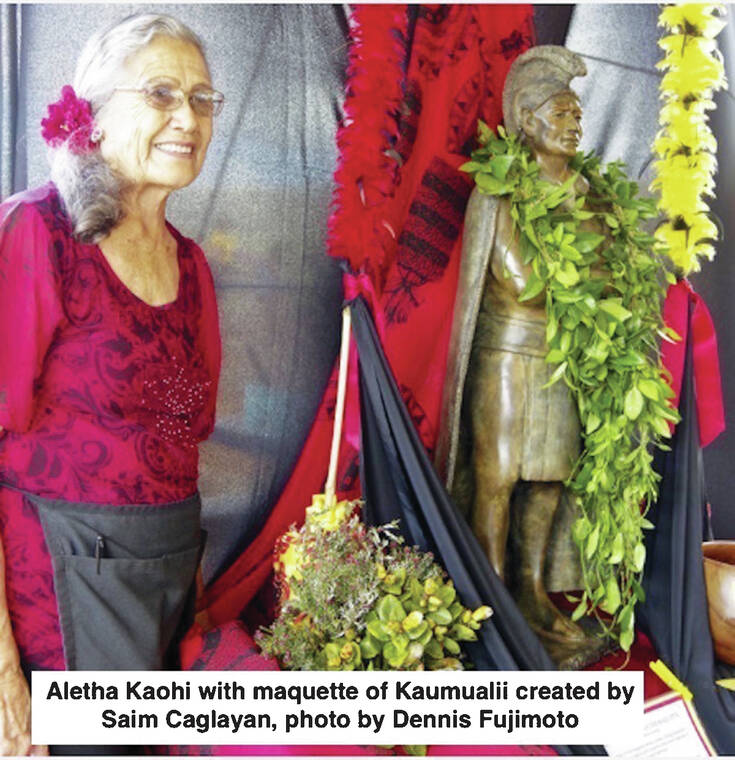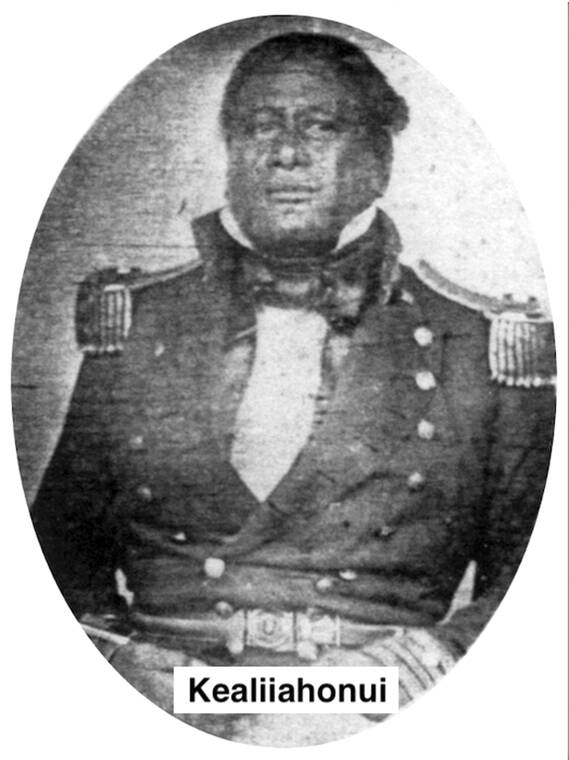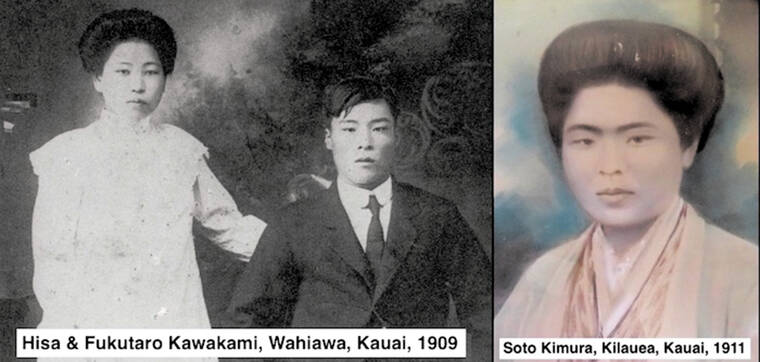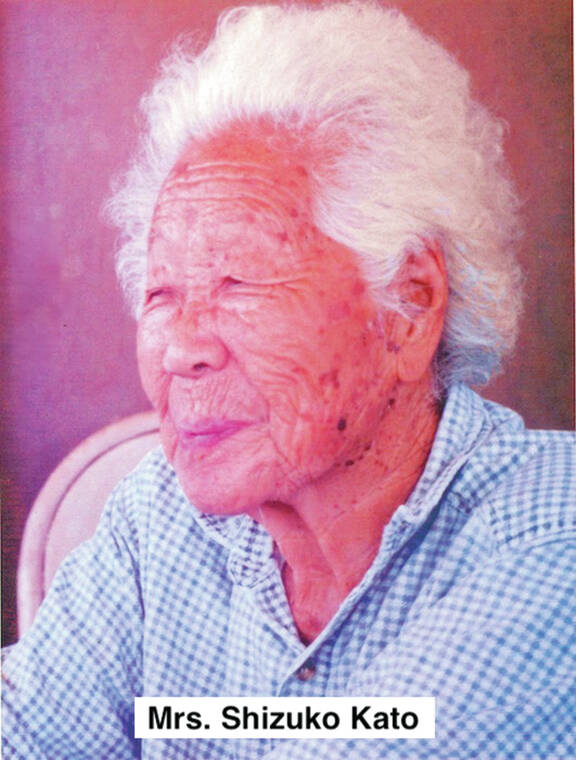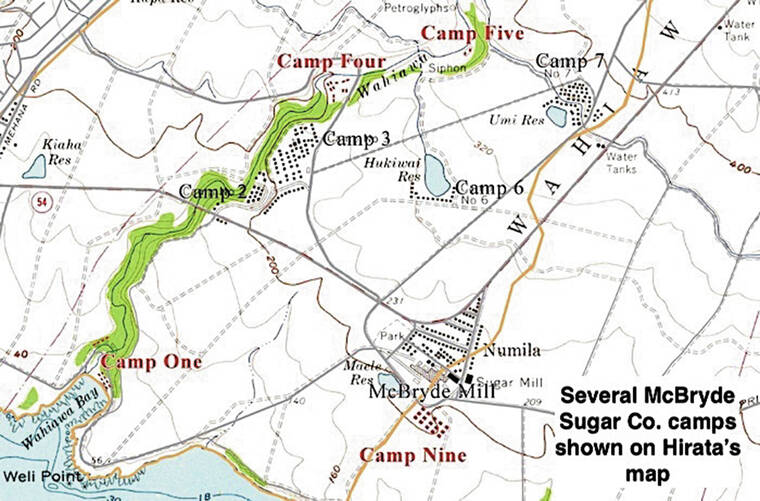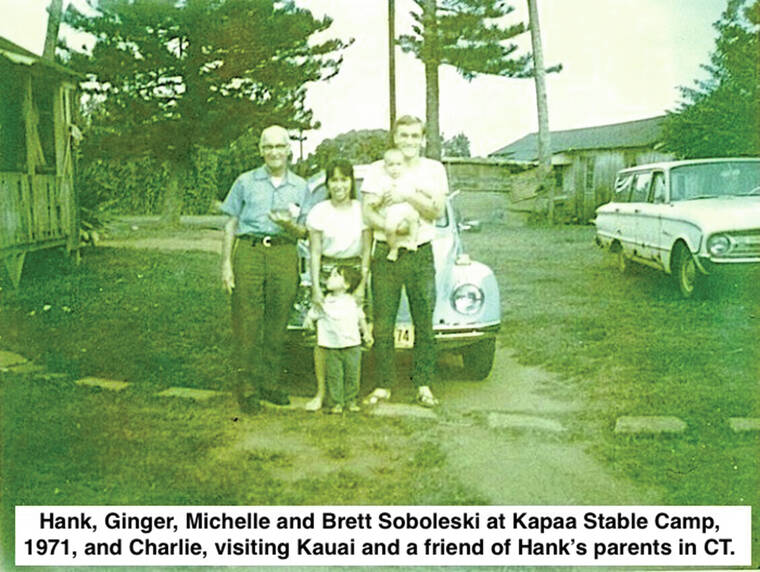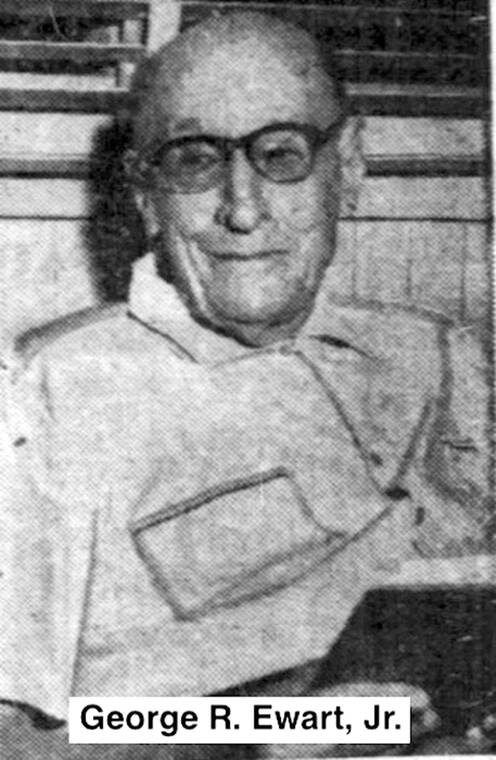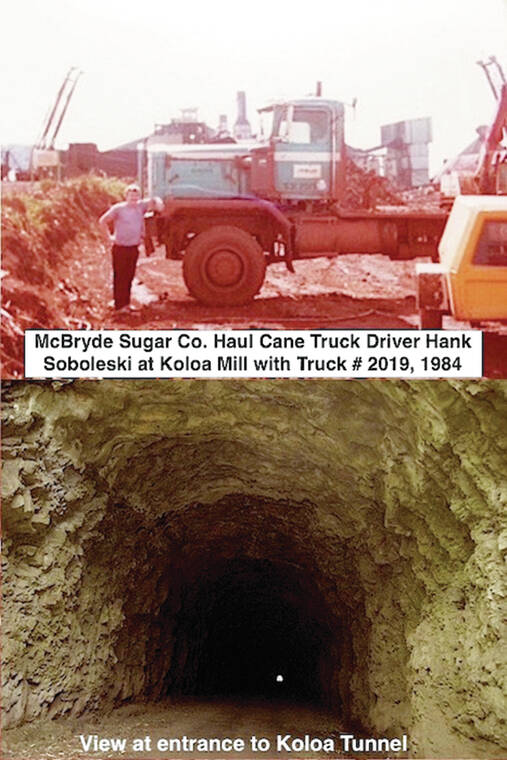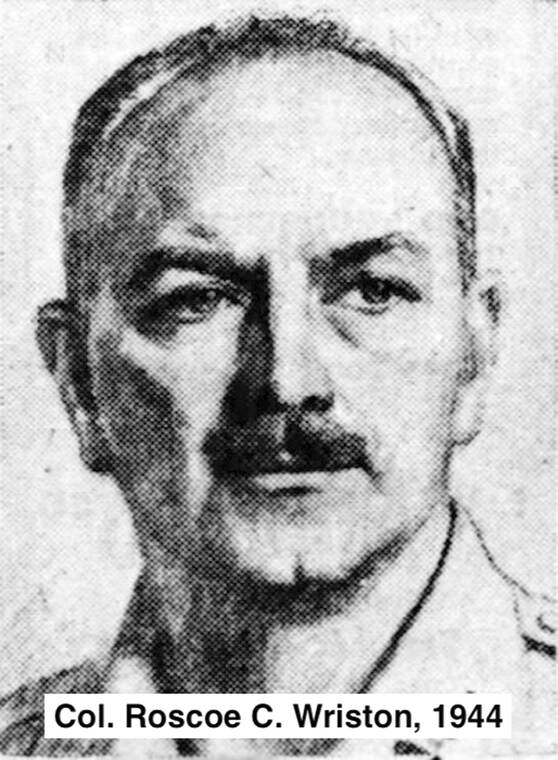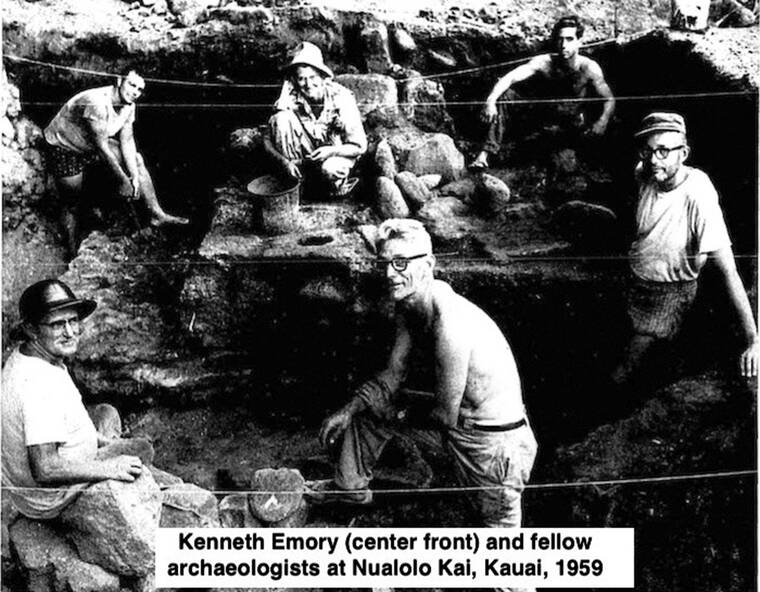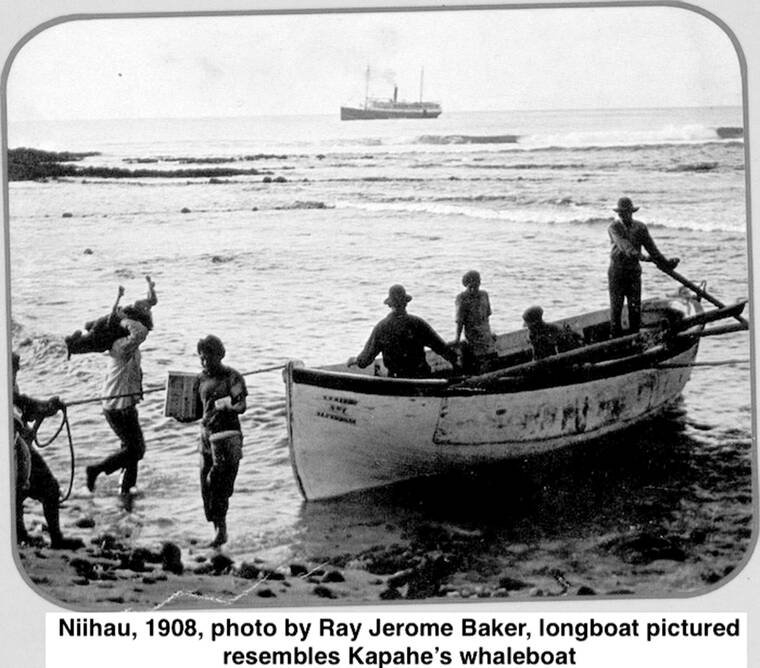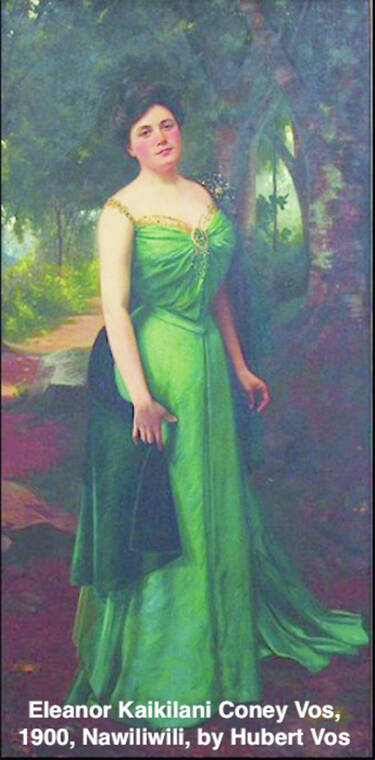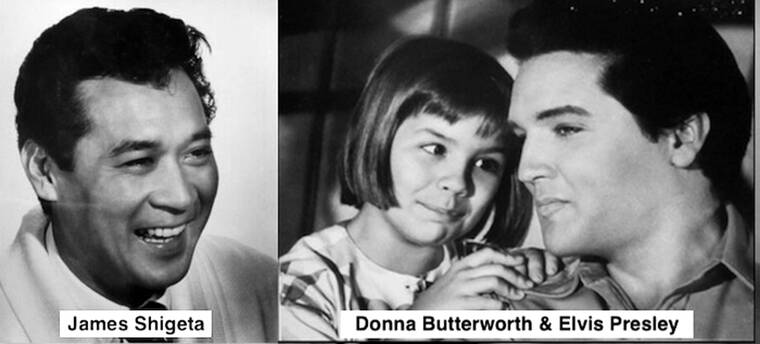ISLAND HISTORY: A history of McBryde Sugar Company
McBryde Sugar Co., named after Judge Duncan McBryde, was incorporated in 1899 as a consolidation of Eleele Plantation, the McBryde Estate, and Koloa Agricultural Company.
ISLAND HISTORY: Old-time seafarer John Manaia Nawela
Born at Laie, O‘ahu, Native Hawaiian John Manaia Nawela (1852-1940) sailed the Pacific for many years as a whaler and expert harpooner.
ISLAND HISTORY: Leong Pah On, Kaua‘i’s rice king
Leong Pah On (1848-1924) arrived in Honolulu from China at the age of sixteen in 1864, during a time when rice was being planted in the islands to supply the needs of nearly 35,000 Chinese in California and about a 1,000 Chinese in Hawai‘i who relied on rice as their staple food.
ISLAND HISTORY: Rev. Hans Isenberg, pastor of the Lihue Lutheran Church
Rev. Hans Isenberg (1855-1918) was born and educated in Germany, and accepted a call to a Lutheran church at St. Andreasberg, Germany in 1882.
ISLAND HISTORY: Roman Catholic rituals of the ancient Hawaiians
Hawaiian historian Samuel Kamakau (1815-1876) wrote numerous articles on the history and culture of his people that were translated into English and published in “Ruling Chiefs of Hawai‘i.”
ISLAND HISTORY: Old-time Kaua‘i district magistrate William Huddy
William Huddy (1855-1924) was born in Honolulu to William Henry Harrison Huddy, his American father from Rhode Island, and Kahea, his Hawaiian mother.
ISLAND HISTORY: Charles Titcomb, 19th century Kaua‘i silk cultivator, planter and rancher
In 1830, former Yankee watchmaker Charles Titcomb (1805-1883) was aboard the whaler, “Lyra,” when it was shipwrecked off Maui.
ISLAND HISTORY: A burial cave was desecrated in Waimea Valley, Kaua‘i
In April 1993, hunters stumbled upon a burial cave deep inside Waimea Valley several miles above Waimea town.
ISLAND HISTORY: The funeral rites of Kaua‘i’s Prince Keali‘iahonui
Keali‘iahonui (1800-1849) was the son of Kaumuali‘i (c. 1778-1824), the last king of Kaua‘i, and Kapua‘amoku, a Kaua‘i princess of the highest chiefly rank, and was therefore possessed of some of the bluest blood in all Hawai‘i.
ISLAND HISTORY: The Japanese picture brides of Hawai‘i
During the early 20th century, Japanese matchmakers would arrange marriages between single women in Japan seeking husbands in Hawaii, and Japanese bachelors in Hawaii who desired to marry and raise a family in Hawaii.
ISLAND HISTORY: Hole Hole Bushi – folk songs of Issei Japanese women in Hawai‘i
Hole hole bushi are songs that Issei (first generation) immigrant Japanese women sang during the late 19th and early 20th centuries, while tediously stripping dry sugarcane leaves off cane stalks with machetes in Hawai‘i’s cane fields.
ISLAND HISTORY: Gerald Hirata’s unique Kaua‘i sugar plantation camp map
Gerald Hirata, historian, and caretaker of the Hanapepe Soto Zen Temple, has created, for the first time, a revised USGS topographical map on which the names of twenty-six now almost entirely nonexistent south and westside Kaua‘i sugar plantation housing camps are matched with their locations.
ISLAND HISTORY: Memories of the old Kapa‘a Stable Camp in 1971
During 1971, my wife, Ginger, and our two children lived at Kapa‘a Stable Camp, a Makee Sugar Co., and later, a Lihu‘e Plantation employee housing camp that no longer exists, but was once a lively place situated on Ka‘apuni Road just mauka of the intersection of Ka‘apuni and Olohena roads.
ISLAND HISTORY: A look at Waimea Sugar Mill Co. manager Ewart
Born in California, George R. Ewart Jr. (1875-1959) came to reside in Hawaii in 1877 with his parents, and was educated at Punahou and at McGill University, Canada, where he trained as a civil engineer.
ISLAND HISTORY: A mysterious incident occurred at the Koloa Tunnel in 1984
From 1982 through 1984, I was employed by McBryde Sugar Co. as a haul cane truck driver.
ISLAND HISTORY: Pioneer aviator Rosco C. Wriston, the first pilot to fly to Ni‘ihau
As an Army Air Service aviator stationed at Luke Field on Ford Island, O‘ahu, during the 1920s and 1930s, Lieutenant Roscoe C. Winston (1895-1974) made the first flight over Kilauea Volcano, Mauna Kea and Mauna Loa, and the first flights to Kaho‘olawe and Ni‘ihau.
ISLAND HISTORY: Kenneth Emory — a pioneer anthropologist of Polynesia
Anthropologist Kenneth Emory (1897-1992) was born in Massachusetts and in 1900 moved with his parents to Honolulu, where he attended Punahou and became fluent in Hawaiian.
ISLAND HISTORY: Whaleboat captain Kapahe shipwrecked in Kaulakahi Channel
When teller of Hawaiian tales Eric Knudsen (1872-1957) of Kauai was a young man, it was his pleasure to listen to the past exploits of an elderly, former Hawaiian whaleboat captain named Kapahe.
ISLAND HISTORY: Eleanor Kaikilani Coney — a famous beauty at the court of Kalakaua and Kapi‘olani
A famous beauty of 19th century Hawai‘i, Eleanor Kaikilani Coney (1867-1943) was born at Nawiliwili, Kaua‘i, one of six children of High Chiefess Laura Amoy Kekuakapuokekuaokalani Ena Coney (1843-1929) of the Big Island and American John Harvey Coney (1820-1880).
ISLAND HISTORY: ‘Paradise, Hawaiian Style’ was filmed on Kauai
The movie “Paradise, Hawaiian Style,” starring Elvis Presley (1935-1977), was filmed during 1965 in Los Angeles and in Hawaii, with several scenes shot on Kauai featuring the Coco Palms and the Hanalei Plantation hotels.

